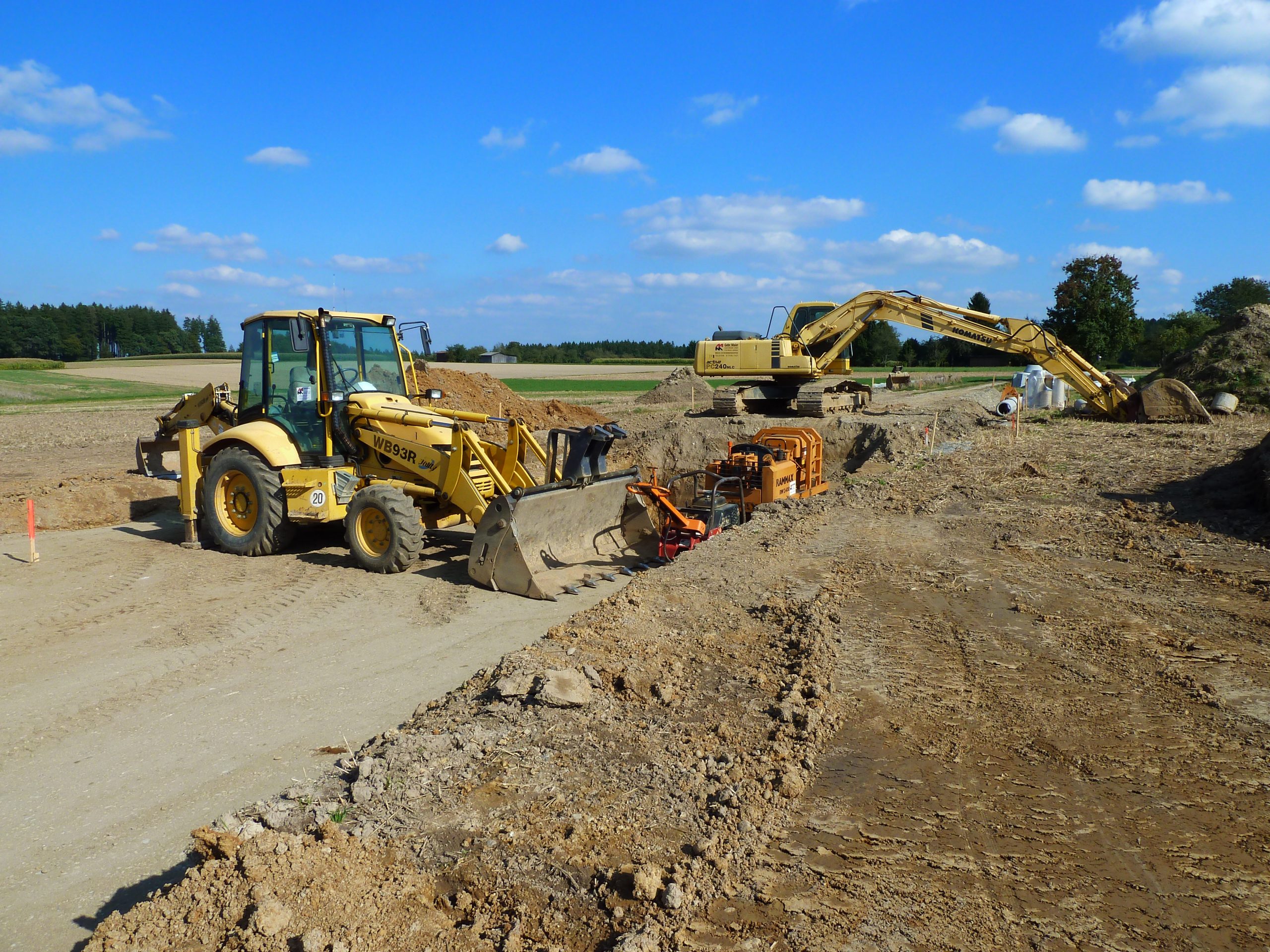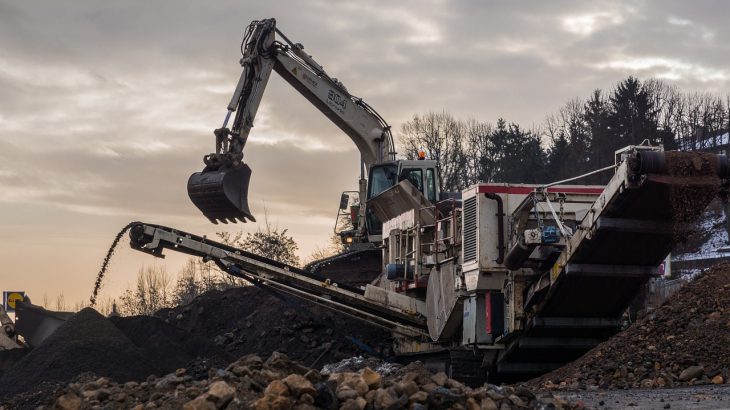How Earthworks Are Carried Out (Part 1)
The earthworks concern a significant number of building sites. However, the steps to be carried out are often similar, and they depend mainly on the nature of the soil and the surface area to be excavated.
Whatever your project is, construction, extension, exterior development, renovation, etc., the earthwork will define the durability of your work. With this article on the different stages of earthworks, you will understand why it is essential to prepare your land well. You will study one by one the different phases of earthwork and discover the machines used for each action. Thanks to this article, the earthmoving profession will have no more secrets for you.
Stages of earthworks: the soil survey
Depending on the nature of the work to be carried out, several actions necessary for the soil study will be considered. The soil analysis is both geological and geotechnical. The professional will have to determine which operations will have to be carried out during the excavation according to the physical and mechanical properties of the ground to be excavated. A deep borehole carried out by a drilling machine may be essential to obtain representative samples of the chemical properties of the soil.
Consequently, the seismic degree of the space to be built will be compulsorily studied if the zone is at risk… The role of the professional in charge of the diagnosis will be to list the data useful for the realization of the project, to calculate the needs necessary for the foundations, to exploit the information relative to the reuse of the various types of ground, and to draw a map by differentiating each parcel. Digital mapping is one of the most widely used methods today, and the surveys are reliable and very complete.
Stages of earthworks: preparing the ground
Preparing the land means taking precise measurements and establishing a boundary line or staking according to the initial plan. The professional to contact for this step is the surveyor. Authorized to delimit any parcel of land officially, he gives you the exact limits of your parcel and allows you to view each space precisely. He helps identify the areas dedicated to pipes and defines precisely the different levels of a plot. The passage of the surveyor can be a mandatory step.
The amount of this service varies according to the rates charged by the professional for his travels, depending on the area to be marked out and the specific needs according to work envisaged. If several surveyors’ offices are available in your area, do not hesitate to ask for a quote from each of them to choose the best offer. Also, check the availability of surveyors. Indeed, these professionals are in demand in both the private and public sectors, and delays can belong.
Stages of earthworks: extraction

Extraction is the removal of the earth using specific construction equipment such as mechanical shovels and scrapers or bulldozers and loaders, helpful in moving small volumes of earth from one point to another. This step is essential for the rest of the project. The volume of soil and materials to be extracted must be perfectly defined, and the routes must also be exact. Suppose some individuals choose to carry out this operation themselves. In that case, even if the rental of the machines is expensive, this task is usually entrusted to an earthmoving or public works company. Well-equipped, the company saves time and ensures that the work is done correctly.
Each professional has his methods, and it is interesting to ask each one about his way of doing things to compare with the methods of his competitors. In any case, good planning of the earthwork saves time and, therefore, often money. If different craftsmen have to intervene on your site for the earthworks, ask them for precise deadlines!
Stages of earthworks: water drainage systems
The most crucial step of the earthwork is designing the drainage system to limit the risks of infiltration and avoid damage due to water stagnation. A slope of 5% is necessary, and a concrete channel must bound it. The next phase is the installation of pipes. Drains, gutters, and manholes are installed to guarantee the evacuation of water and avoid a runoff. The stability of the soil is thus ensured. There is then the risk of water infiltration in the walls of the future foundation.
Finally, stones and gravel are laid in layers to protect drains and other water drainage devices. The earthworks rely on the contents of the local urban plan and the regulations of the municipality to layout the drains at the ideal depth according to the needs.
Did you like this post? Follow us in part 2 on the next step of the earthworks during the construction of an individual house: the excavation.




















Thanks for pointing out that each professional would have a method that they have, and it is best to ask the about it first to compare them with other companies as well. I will share this information with a friend of mine because she will need earthworks services this year. It’s for the construction of their home on the piece of land they bought years ago.